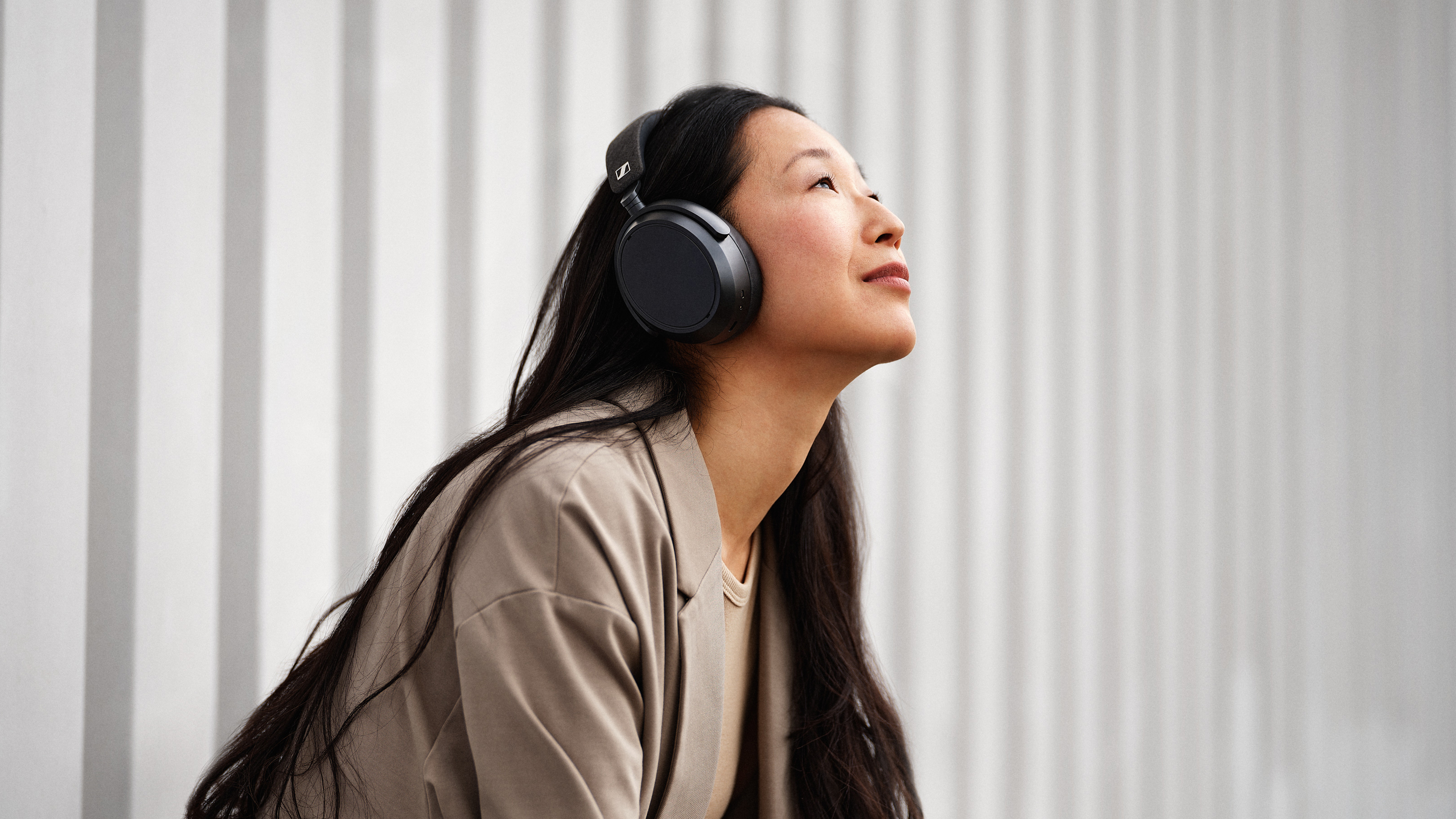
How do you decide which are the best headphones for you? Nowadays, there are so many different brands, styles and models to pick from, so choosing a pair of the best over-ear headphones, the best earbuds or the best workout headphones can be a challenge. We're here to help you demystify the process and show you how to choose your next headphones – and for that purchase to be the perfect pair for you.
Finding your next pair of headphones isn't just a case of deciding on a brand or a style – we wish it were that easy! – you also need to consider your budget. For example, can you afford to buy a pair of the best headphones in the world right now and hang the cost? Or would it make more sense for you to consider the best cheap headphones or budget wireless earbuds?
We’ve tested a lot of different headphones over the years, so it isn't arrogant to state that we know the key factors to consider and specs to look out for when selecting your next musical headgear. So, whether you’re looking for a pair of modern true wireless earbuds for music on the move or a pair of wired headphones to use at home with your record player, we’re here to help you make the right decision.
Which style of headphones is right for you?
Let’s start with the basics. If you’re looking to buy a new pair of headphones, the easiest way to get started is to consider the style you like the best. These days the three form factors to choose from are in-ear headphones, on-ear headphones, or over-ear headphones.
In-ear headphones
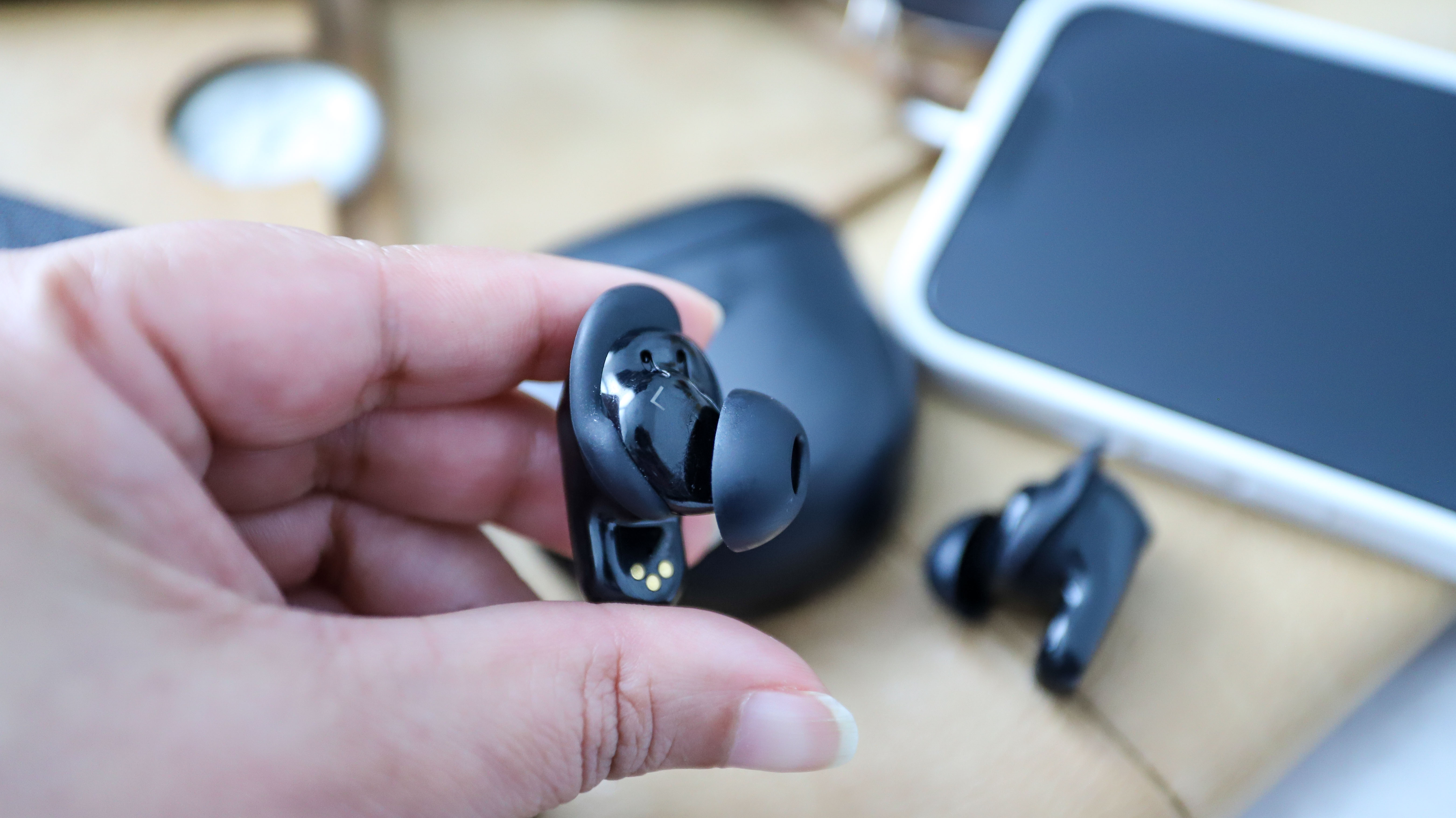
In-ear headphones are also known as earbuds or earphones. As the name suggests, they fit inside the opening of your ear canal, usually with a silicone or foam tip. This means they tend to be small and compact, as well as comfortable to wear for long periods of time.
This design also creates a good seal between your eardrum and the outside world. What this means is you're less likely to hear external sounds, your music will sound better and noise-cancelling earbuds will work better. Case in point: the Bose QuietComfort Earbuds 2, which are hands-down the best noise-cancelling buds we've tested to date.
While they come with much smaller drivers than thei on-ear and over-ear headphone counterparts, earbuds can sound incredible if you’re willing to spend the money on a pair that support hi-res audio and are made from premium materials. The Samsung Galaxy Buds 2 Pro are one of our top picks for high-res audio, especially if you own a Samsung phone.
Saying that, if you mainly listen to podcasts and don’t care about getting the very best in sound quality, a pair of budget earbuds could be the best choice for you. For example, we adore the JLab Go Air Pop buds, which are only $20 / £20 / AU$49.95.
On-ear headphones
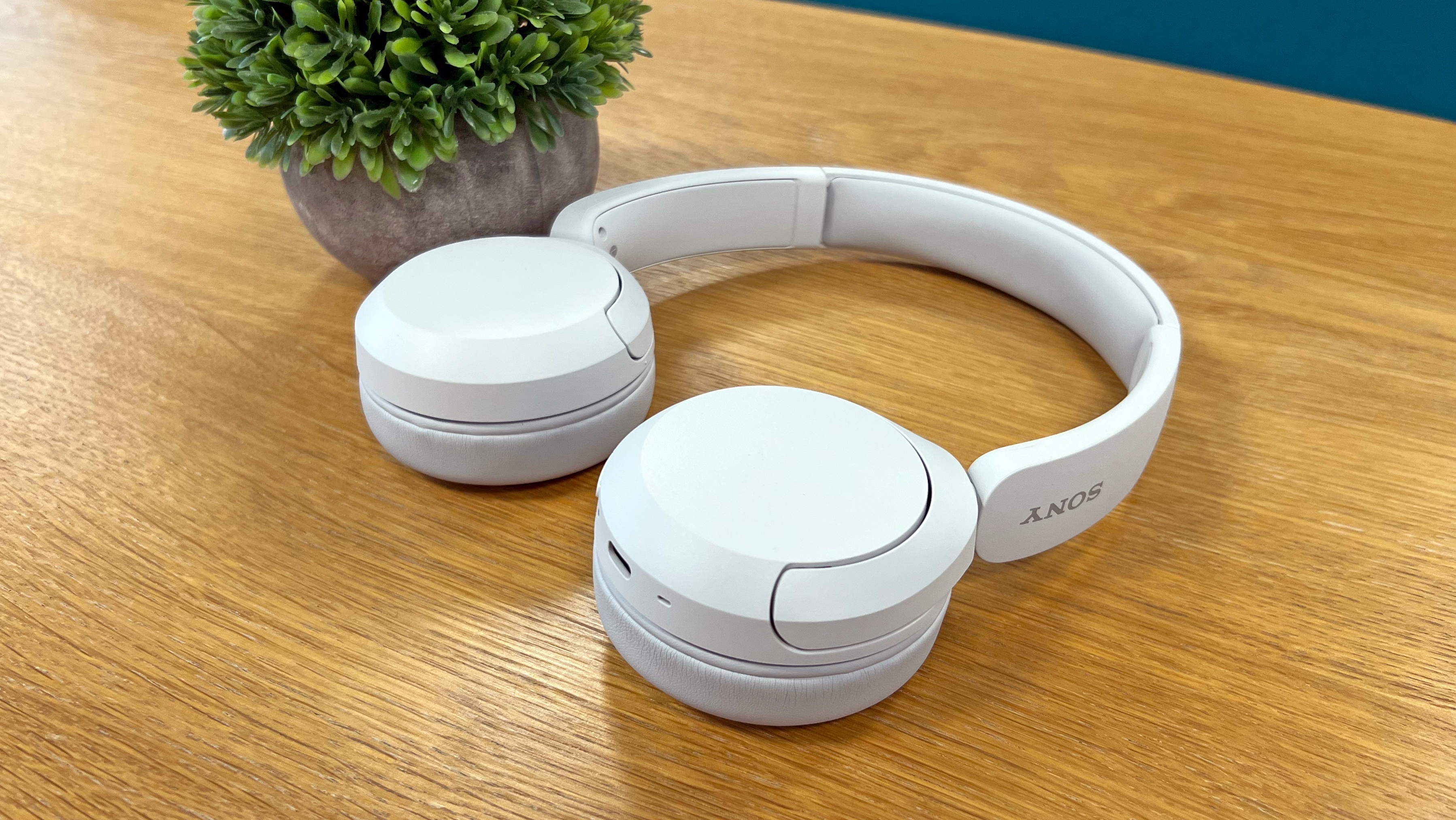
The best on-ear headphones consist of a headband, which sits on the top of your head, and two cushioned cups than sit on – rather than over – your ears.
They’re usually cheaper and more compact than over-ear headphones as the cups don't need to be as big. This makes them ideal if you want to use them while traveling. Or if you don’t like the feel of earbuds in your ears. Although there's less choice for on-ears these days, the Sony WH-CH520 headphones in the photo above are a great example of what you can expect. They sound good, feel comfy and are incredibly cheap at $60 / £60 / AU$99.
On-ear headphones are also good for people who find that over-ear headphones make their ears uncomfortably warm. With on-ears, the cushions don’t envelop the entire ear, generating less heat than over-ear cans. The downsides are that you won't drown out external sounds around you as well as other options, which is one of the reasons you won't find noise-cancelling on-ear headphones.
Over-ear headphones
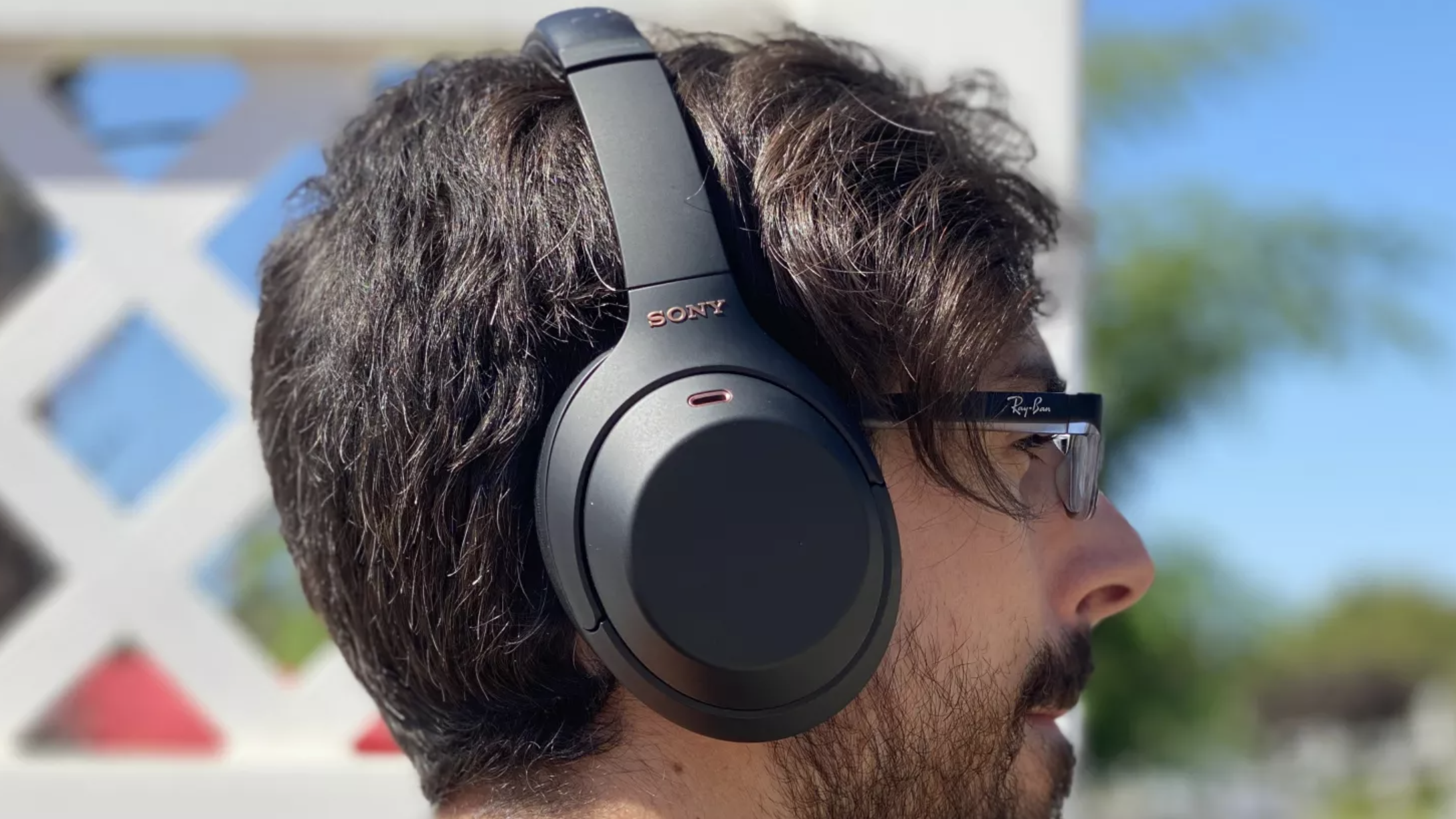
Over-ear headphones (also known as supra-aural headphones) are probably the best choice if you’re looking for the ultimate in audio immersion. These headphones feature large drivers that deliver a powerful sound, alongside an earcup design that can block out the sound of the world around you.
This design also makes them highly effective at noise-cancelling. Take a look at the Sennheiser Momentum 4 Wireless, our top over-ear headphones (alongside the still-excellent Sony WH-1000XM4), offering a neutral, crisp, detailed sound and excellent ANC.
Any downsides? Rucksack real estate. If you only take a small bag on your commute, be prepared to wear them around your neck all day. Or switch to a bigger bag…
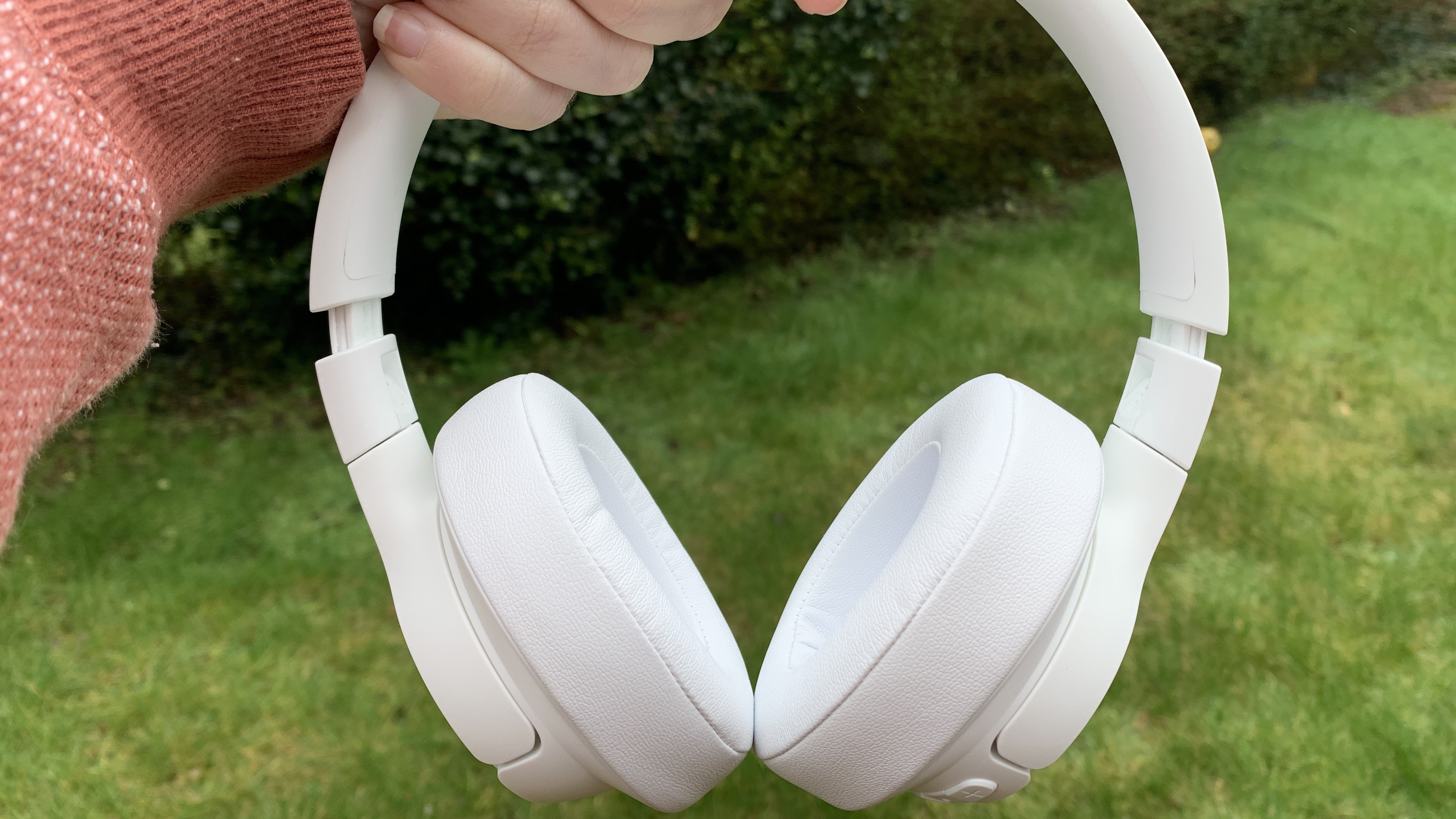
Perhaps even more importantly, over-ear headphones could also be a better option for your hearing health. The thinking is that they put more distance between loud sounds and your eardrums, plus they block out a lot of ambient noise (or all ambient noise, if they include ANC), so you won’t need to have the volume turned up quite so high. If safeguarding your hearing is a priority, it’s another reason to consider a pair of over-ear headphones.
Although over-ears might deliver some of the best audio, you can still get budget options, like the JBL Tune 750BTNC headphones, which are comfy and offer good sound and ANC for $130 / £120 / AU$200.
Do you need wireless headphones?
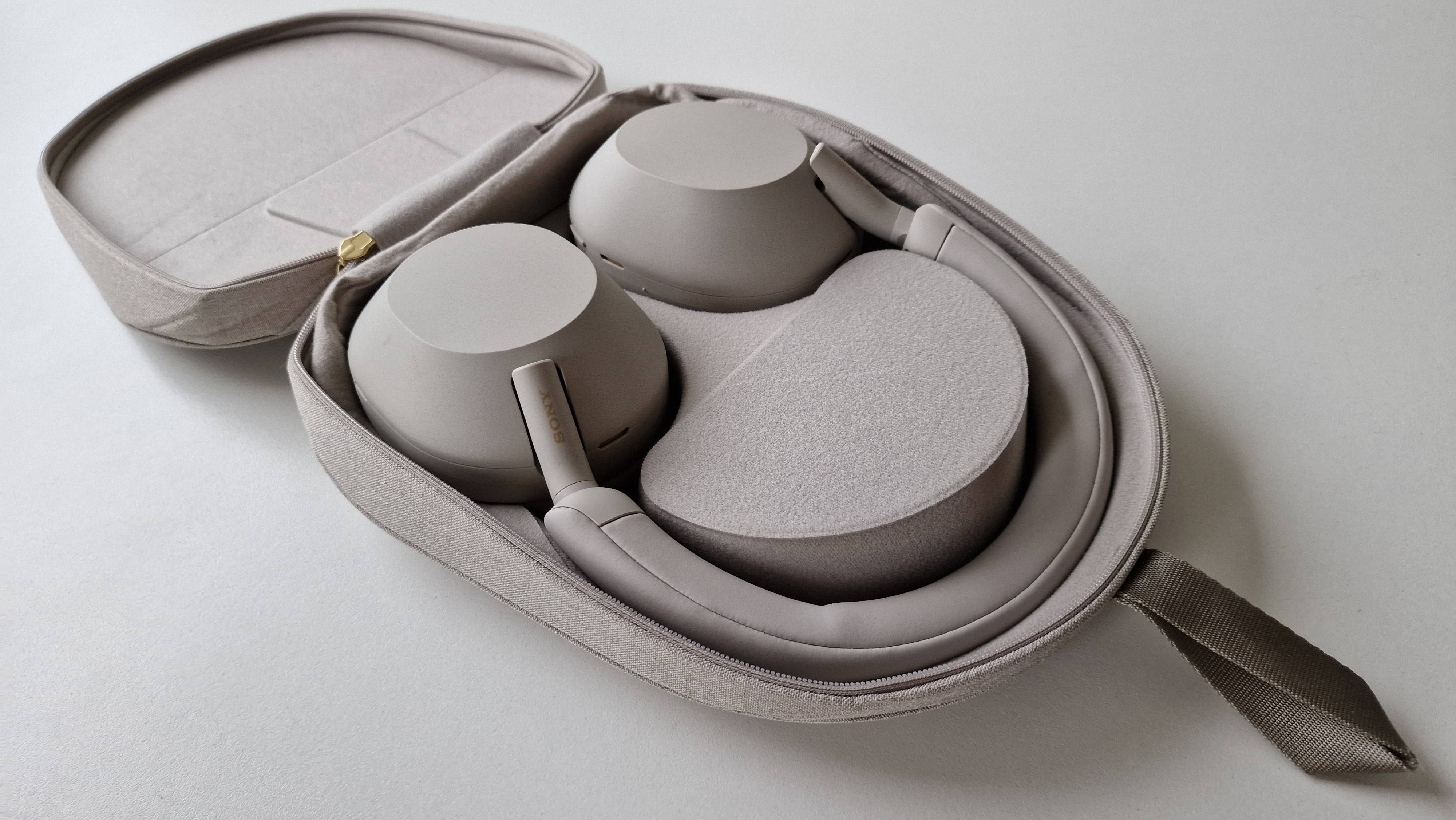
If you don’t have the patience to deal with a tangle of cables then a pair of wireless headphones or earbuds might be a good option. A few years ago, we might have advised against going wireless when the tech was still in its infancy.
But fast-forward to today and Bluetooth headphones and earbuds are far more reliable and, in terms of audio fidelity, they can give wired headphones a run for their money. Plus, the convenience of no wires between your device and your headphones is very appealing.
Wireless headphones can be split into a few different categories. You can get wireless earphones connected via a neckband – although that style is becoming less and less popular these days. There are wireless on-ear headphones and wireless over-ear headphones, check out the Sony WH-1000XM5 in the photo above for a top-performing example. All are battery-powered and use Bluetooth to connect to your smartphone, laptop, portable music player, or even your turntable.
Do you need true wireless headphones?
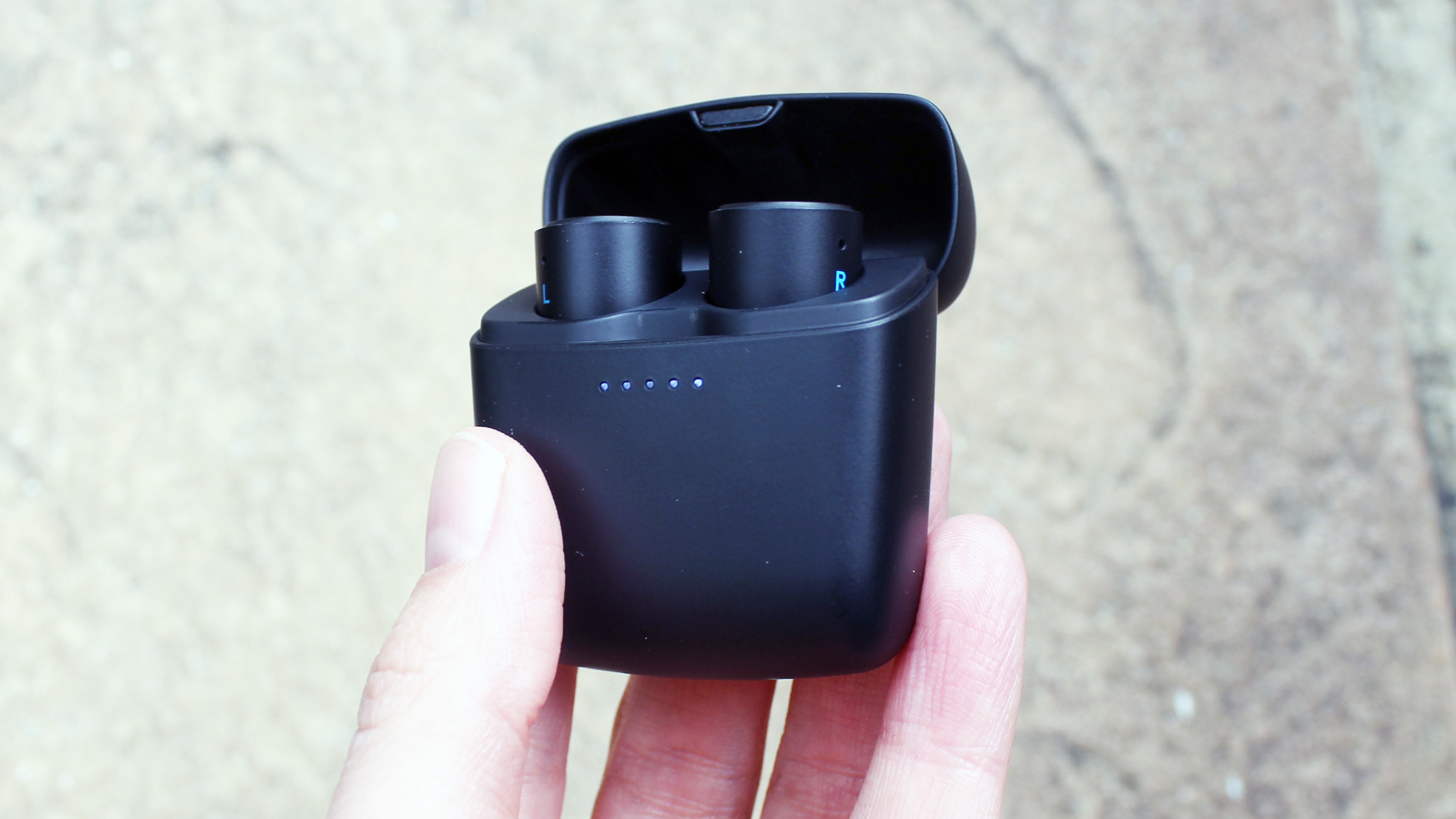
There are also true wireless earbuds, like the highly-recommended Cambridge Audio Melomania 1 Plus in the photo above. What sets true wireless earbuds apart from the rest is they have no cord whatsoever. That's no wires to get caught in your zipper, and nothing to keep each bud connected to each other.
Supplied with charging cases that are usually slim enough to fit in your pocket, making true wireless earbuds are incredibly popular, especially for commuters who will appreciate the absence of any cables and their compact builds.

There's been a huge uptick in the number of true wireless earbuds entering the market in recent years. The original Apple AirPods were, at one time, one of only a handful of options, but now there are myriad options giving them a run for their money. Consider the Sony WF-1000XM4 Wireless Earbuds if you have a relatively big budget and want buds that tick all the boxes. Or the Beats Fit Pro if you're looking for buds that are made specifically for working out.
No matter the wireless headphones you go for, make sure that the battery life meets your needs. Lots of headphones offer upwards of 30 hours of playback these days, but you might need to pay more for longer battery life. Currently, the JBL Live Pro 2 buds are some of the best for battery life, bringing you 10 hours in the buds and 30 hours from the case – that's a huge 40 hours total in all.
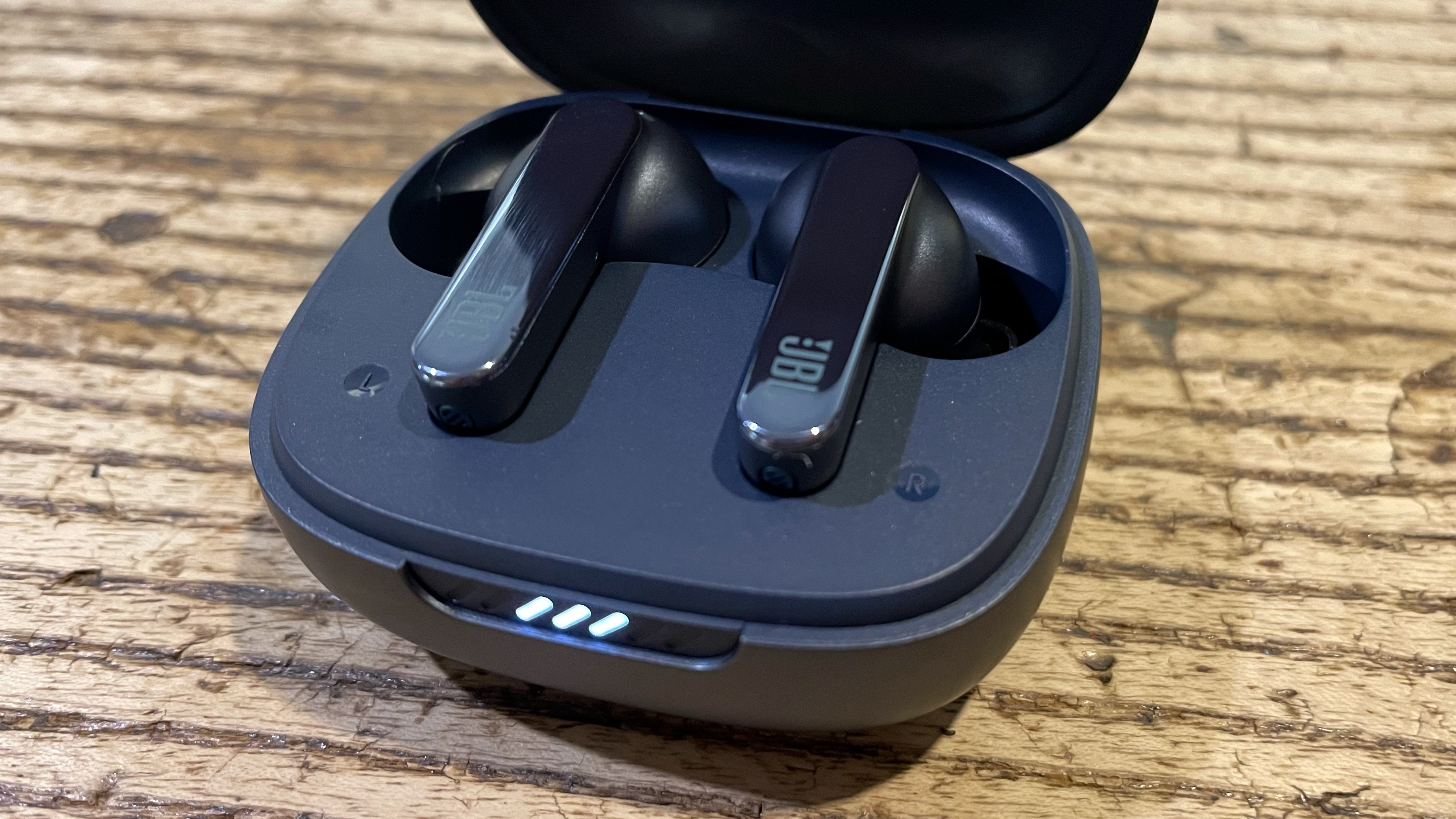
What audio specs do you need to look for?
When purchasing a set of headphones, no matter the type you opt for, there are some audio specs that you need to look out for that'll help you make the best decision.
Most brands make the technical specifications of their headphones available to the public. With numerous techy words and numbers, these specs can look daunting – but they’re not too tricky to interpret once you’re aware of the terminology.
Drivers
One of the first things to look out for is the size of the drivers. The bigger they are, the bigger the soundwaves they can produce. Most over-ear headphones come with 40mm drivers and upwards, while more compact earbuds feature 6-8mm drivers in the main.
Usually, larger drivers deliver a louder, more powerful sound – but this isn’t the only factor that affects audio power. In fact, many earbuds featuring smaller drivers actually sound better than over-ear headphones, which means driver size shouldn’t be your only consideration when choosing a pair of headphones. Still, we'll draw your attention to driver size in many of our best headphones guides so you know what to look out for.
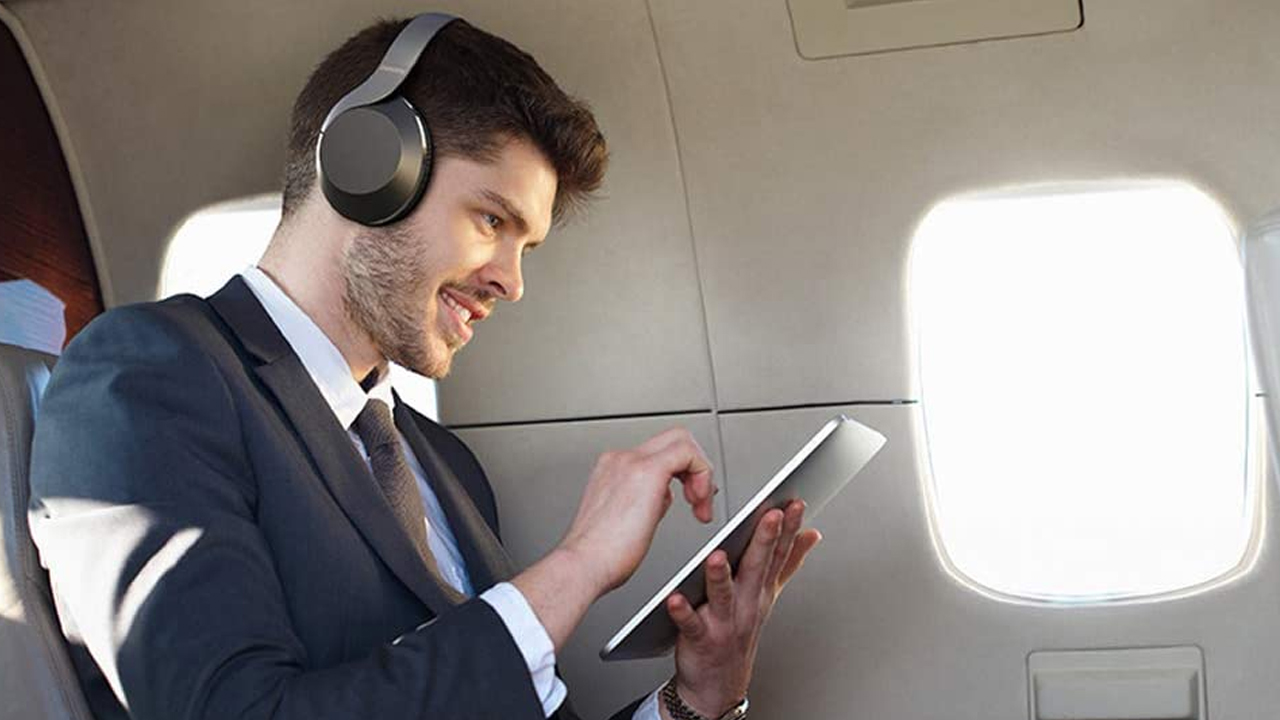
Frequency range
Another spec you may come across when you're looking for the best headphones is frequency range. This is the range of low, mid and high frequencies (also known as bass, mids, and trebles) on offer, measured in Hz.
It’s generally accepted that humans can hear a range of 20-20,000Hz. However, larger frequency ranges (i.e 5-40,000Hz) are commonly found in audiophile headphones – the low-end in particular can be felt, rather than simply heard, with bass frequencies creating a thumping or rumbling sensation in your chest.
High-res audio
If audio fidelity is a priority, then ensure your headphones support hi-res audio. This is lossless audio capable of reproducing the full range of sound from recordings that have been mastered from better-than-CD quality music sources – a sound that closely replicates the quality that the musicians and engineers were working with in the studio at the time of recording.
The difference between hi-res audio and lossy formats such as Spotify streams might not be immediately obvious – unless you’re an audiophile – but you’ll hear more detail and clarity through the leading edges in your music, and ultimately it will sound closer to how it sounded in the studio (always a good thing to aim for, we think you'll agree).
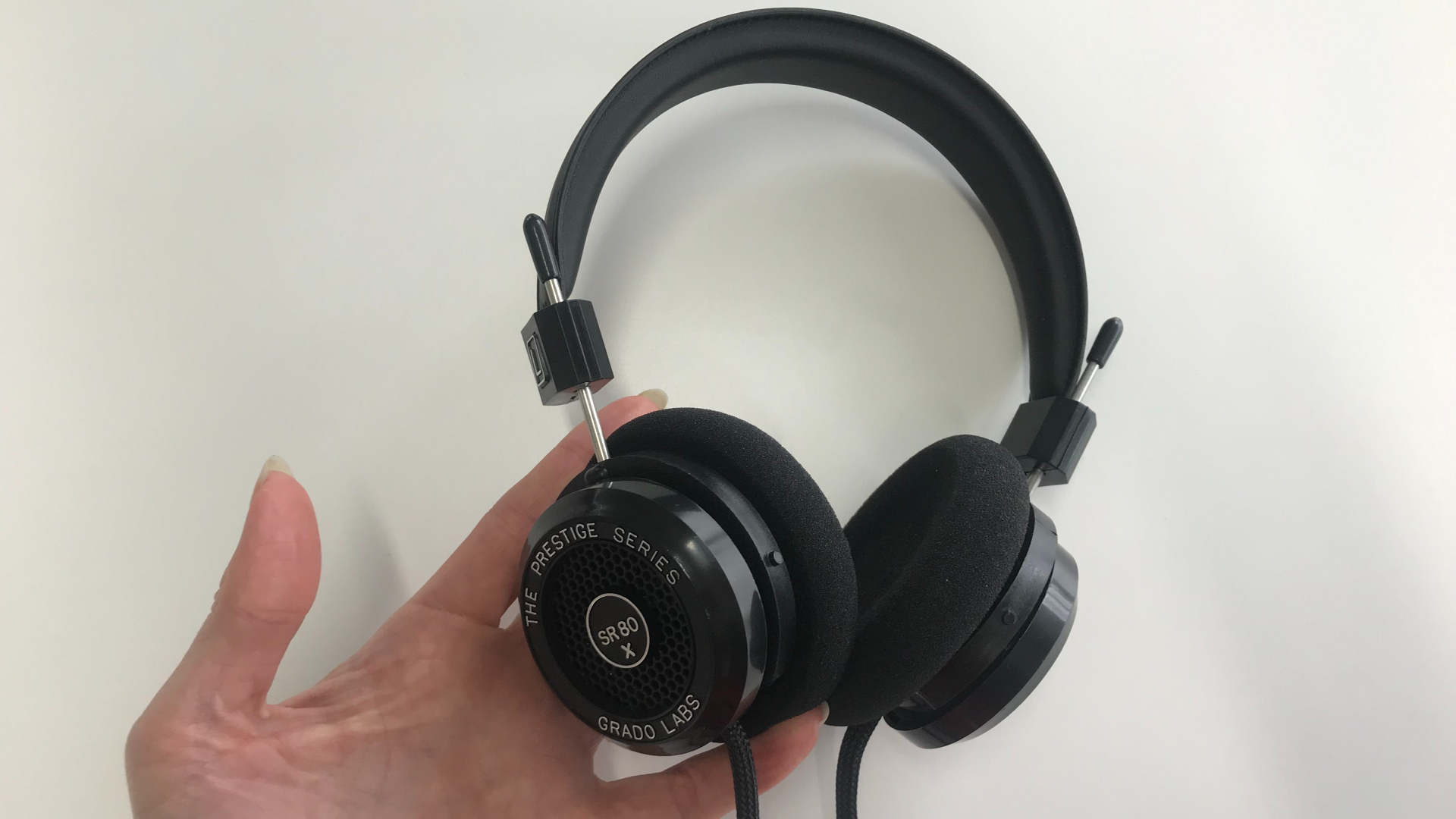
We have a whole guide on how to buy into high-res audio without the high-end prices. But the important thing to know is that the majority of wireless headphones don't support high-res audio (at least not yet).
But wireless headphones and true wireless earbuds can come with hi-res audio support, like the open-back Grado SR80x and Nothing Ear (2), for starters. We also recommend you check out the affordable, wired 1MORE Triple Driver In-Ear Headphones, which prove you don’t have to use a huge pair of over-ear headphones plugged into an AV receiver to enjoy it.
Do you need active noise cancellation?
Active noise cancellation (ANC) is an increasingly common feature among headphones of all types.
While most headphones will naturally block out some environmental sound by simply creating a physical barrier between your eardrums and the outside world, active noise cancellation takes this one step further, using built-in microphones to analyze environmental noise and create 'anti-noise' frequencies that are mixed in with your music playback. This effectively cancels out the sound of your surroundings using analogue or digital filters.
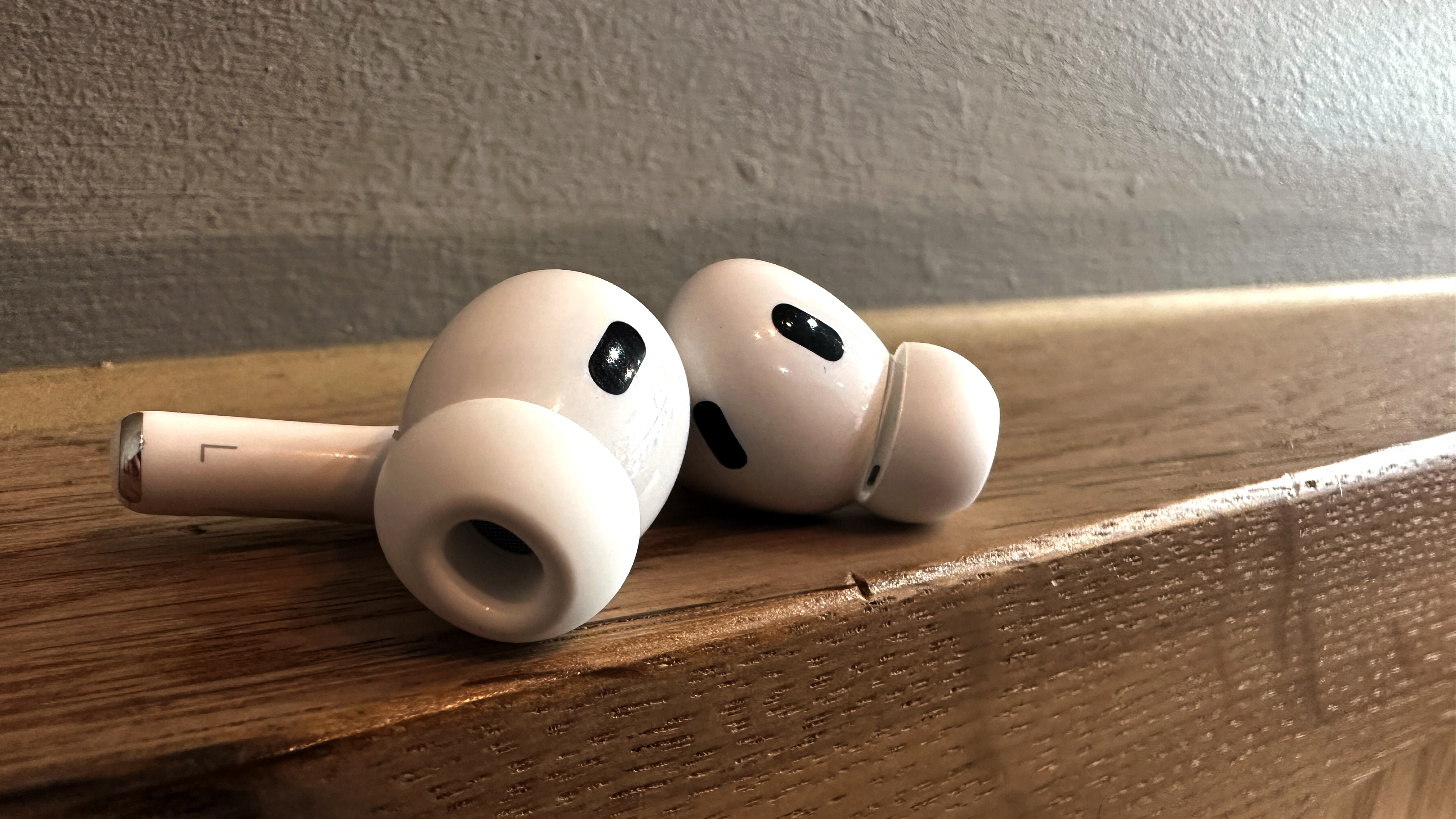
If you want to use your headphones while commuting or in a busy office, noise cancellation is a great way to ensure that you can listen to your music in peace. Bear in mind, though, that noise-cancelling headphones are usually more expensive than non-ANC models.
Like a lot of audio tech, noise-cancelling has come on in leaps and bounds over the years. Right now, our topic ANC picks if you're looking for a pair of in-ear true wireless buds are easily the Bose QuietComfort 2. Apple lovers should opt for the Apple AirPods Pro 2 and if you want over-ears, check out the Sony WH-1000XM4s.
How do you pick the right design and color?
Aside from choosing between over-ear, on-ear, or in-ear headphones, there are some other design aspects to consider.
For instance, if you want to use your headphones while working out, you’ll need an IPX4 (or higher) water-resistance rating, which will protect your cans from sweat or rain. You could also check out our guide to the best waterproof headphones, featuring buds you can even take in the pool, like the JBL Reflect Aero.
If you do plan to use your headphones regularly for exercise, it might be worth getting a little more specific. We have a guide to the best running headphones, which actually features another, newer form factor: bone conduction headphones.
Bone conduction headphones are less common than the other styles and are mostly favored by runners (and in some cases swimmers) because they keep your ear canals completely free. This means they're perfect for hearing music and hearing environmental sounds around you. The H2O Audio Tri Multi-Sport bone conduction headphones (pictured below) are currently our top picks because you can wearing them while running and while swimming.
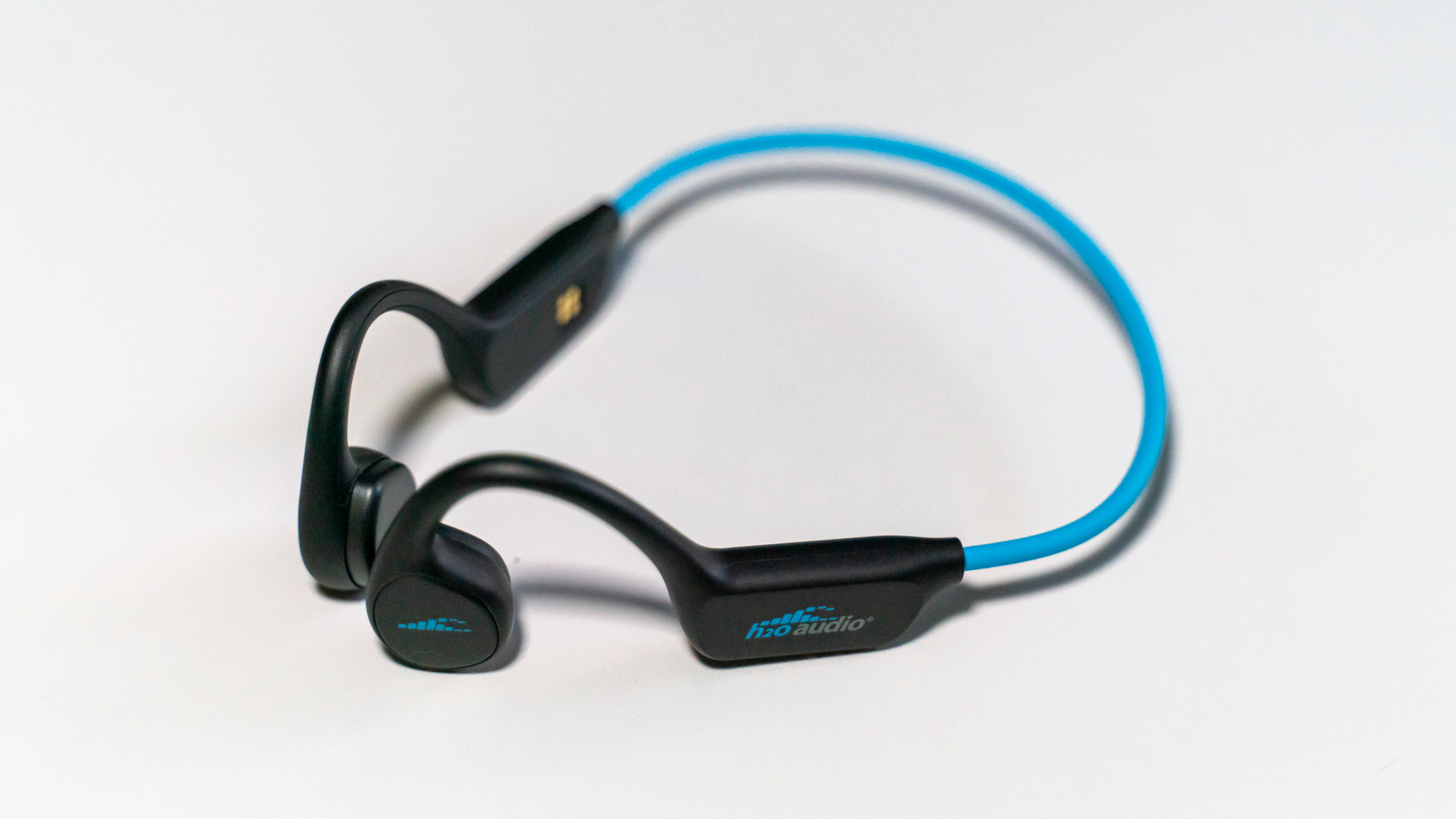
If you’re opting for in-ear headphones, ensure they come with interchangeable ear tips in a range of sizes. That way, you can find a good fit. Most of these ear tips are made from silicone or memory foam, which most people generally find comfortable.
If you do tend to struggle with earbuds and find them too big and bulky, we recommend taking a look at the Sony LinkBuds S. These buds aren't cheap – especially compared to rivals – but what sets them apart is they're much lighter and more comfortable than others on the market. Sony says they're a whole 40 percent smaller and over 30 percent lighter than its top-ranking WF-1000XM4 buds.
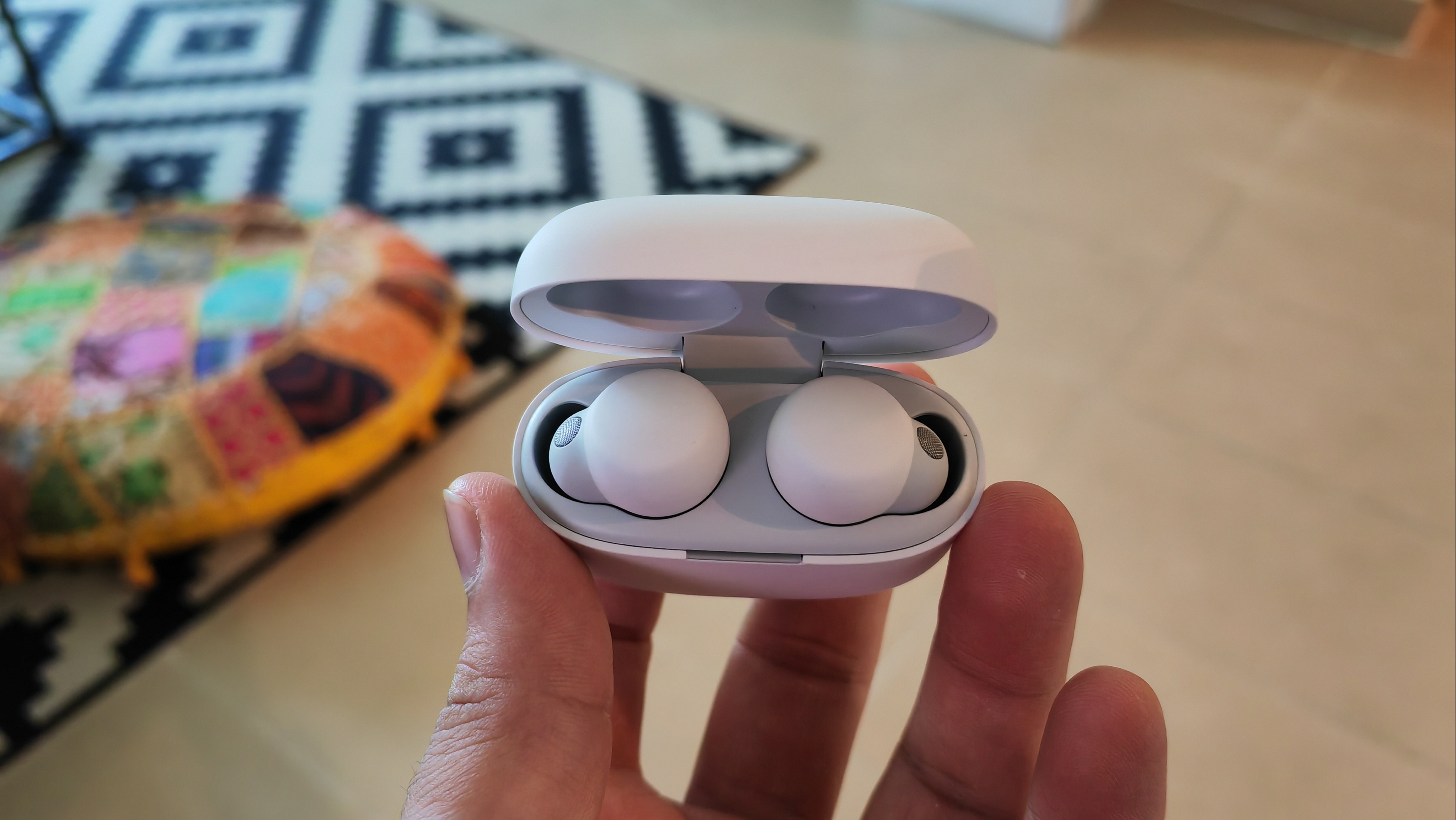
If you go for over-ear or on-ear headphones, make sure the ear cushions and headband are generously padded, that way they're guaranteed to feel comfortable to wear for long periods of time. You have to pay a premium for them, but the Apple AirPods Max are one of the comfiest options on the market, which is likely due to the fact their earcups are lined with memory foam – dreamy.
Another consideration when it comes to comfort is how heavy your headphones are. The Apple AirPods Max might be comfy, but at 385g they're heavy compared to rivals. Generally speaking, the lighter the headphones the comfier they'll be and you'll be able to wear them for longer.
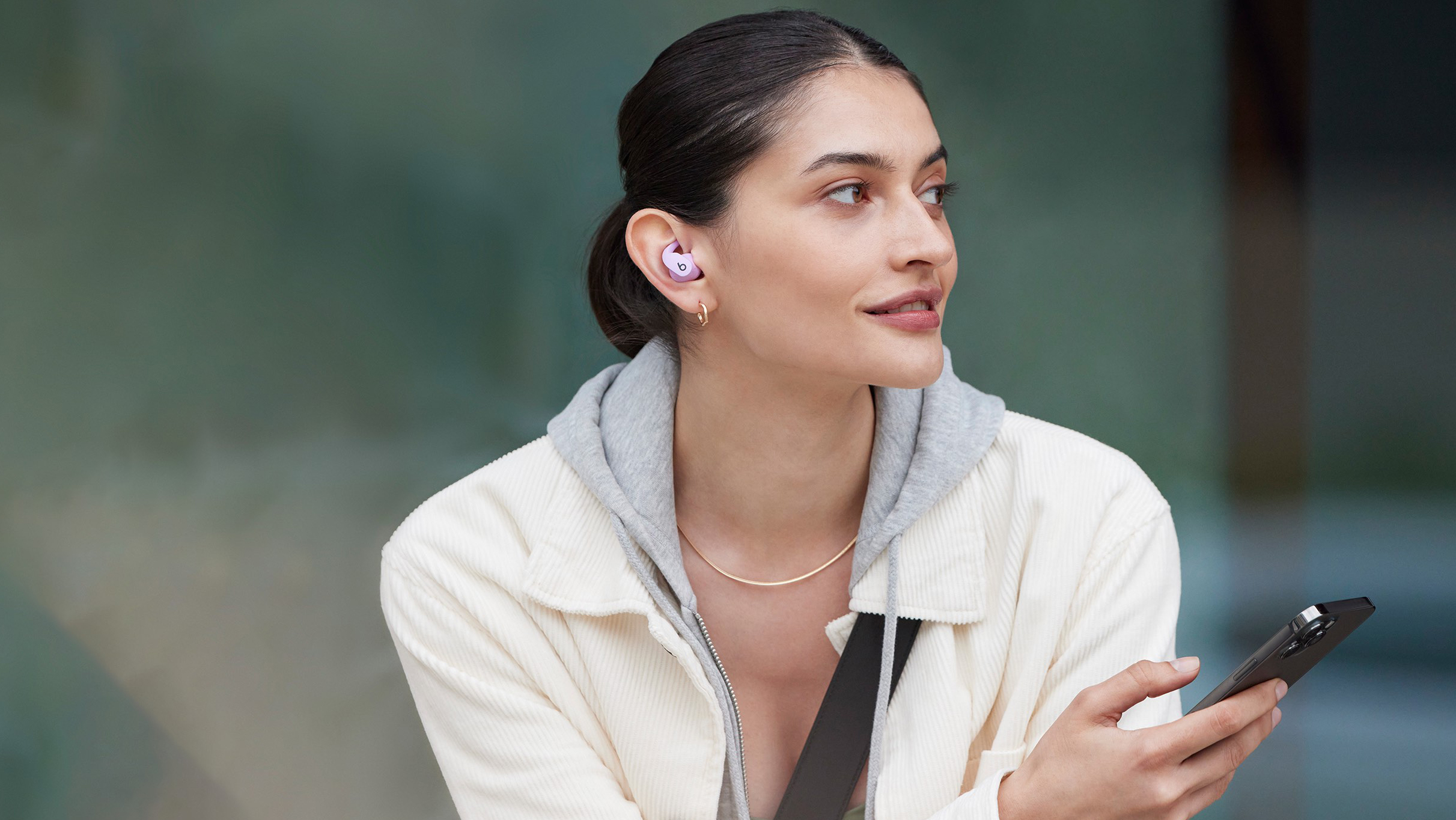
Color is a factor too. While many headphones come in standard black or white designs, there are plenty of brands out there that deck out their cans in brighter shades to suit your style. We recommend you look out for brands like Urbanista, Beats, Jabra, and JBL, if you want to stand out from the crowd.
For example, the Beats Fit Pro are our favorite buds for working out and now come in blue, pink, yellow, black, white, grey and purple. The JLab Go Air Pop are our favorite cheap and cheerful buds and they come in black, lilac, pink, grey and teal.
Oh, and in the over-ear sector, the excellent Bowers & Wilkins PX8 or gloriously detailed Focal Bathys have both a high-end wow factor and a high-end price-tag, if you like that kind of thing…
What's your headphones budget?
In the end, the headphones you buy might simply come down to your budget. But the key thing to know these days is that you don't have to compromise on good sound, design, and features if you don't have the cash for a premium pair of headphones.
Brands like Sony, Jabra, JLab, Cambridge Audio, and Lypertek all offer budget-friendly headphones that don’t skimp on the specs. Just be aware that if you want premium features, like ANC, or you want your headphones to be made from high-quality materials, you’ll probably need to spend a little more.
We've found that you can get some great features from the best budget headphones, but you tend to have to sacrifice in other areas. For example, the Lypertek PurePlay Z3 2.0 buds were our top budget pick for a long time, but there's no ANC on offer.

At the other end of the spectrum, there really is no limit to how much you can spend on a pair of headphones. The Bowers & Wilkins PX8 look stunning and sound even better, but will cost you $699/£599/AU$1150. And if you’re looking for the ultimate audio quality, check out the Focal Stellia, which cost an eye-watering $3,000 / £2,799 (about AU$4,000). They’re incredibly pricey, but the sound they produce is mind blowing.
We've also noticed over the last few years that the mid-range market, which we class as between about $100/£100 and $200/£200 is booming, especially in regards to good quality true wireless earbuds. For example, the JBL Live Pro 2 are an excellent set of buds at £129.99/$149.95/AU$199.95, as are the 1More Aero at $109.99/£99.99/around AU$182. Although they may not be able to compete with the best of the best, they're excellent value at nearly half the price of rivals like the Sony WF-1000XM4s.
We hope we've given you plenty of food for thought. It doesn't have to be a rash purchase either, we've linked a review to every product listed in this 'how to' guide. And if you want the best prices, keep scrolling!







